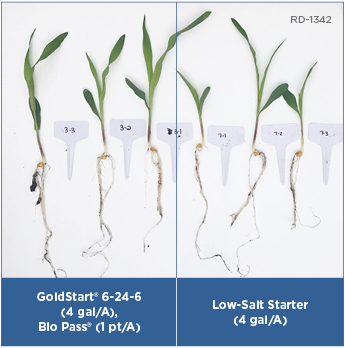Weed Expert: Adding A Second Herbicide Not Always Easy
In my last post, I reviewed some recent research that suggests one of the best ways to delay the evolution of herbicide resistant weeds is to use mixtures of effective herbicides, writes Andrew Kniss for WeedControlFreaks.com.
Resistance is initially a very rare trait within a weed species, so the probability that any particular individual plant will be resistant to two herbicides is extremely low. The second herbicide is likely to kill any weeds that are resistant to the first herbicide, and vice versa. The theory behind this practice isn’t new, and has been used in other areas of resistance management for many years.
I’ve heard some of my colleagues in weed science lament the fact that farmers are not adopting this relatively simple practice that has been proven effective. But implementing this practice is much easier said than done. When weed scientists study the evolution of herbicide resistance, we typically focus on one herbicide, and one weed species. And often, we use only one or two crops. Somewhat ironically, this simplicity is necessary to study a complex biological system.
But farming is far more more complex than just about anything we can replicate experimentally. Farmers aren’t just growing one crop, they’re usually rotating multiple crops on any given field. And they never have the pleasure of controlling just one weed species either; it is common for 4 to 10 weeds to be potentially problematic in any single field. And we don’t know ahead of time which of these weed species will develop resistance, nor do we know which herbicide they might develop resistance to. And not all crops have equally effective herbicides for a particular suite of weeds. And some crop rotations preclude the use of some effective herbicides. And then there’s economics; it doesn’t matter how effective a practice is if the farmer can’t afford to implement it. And… and… and…
From a farmer’s perspective, simply adding a second effective herbicide isn’t quite as simple as you might think.
Read Kniss’ full blog post here.






